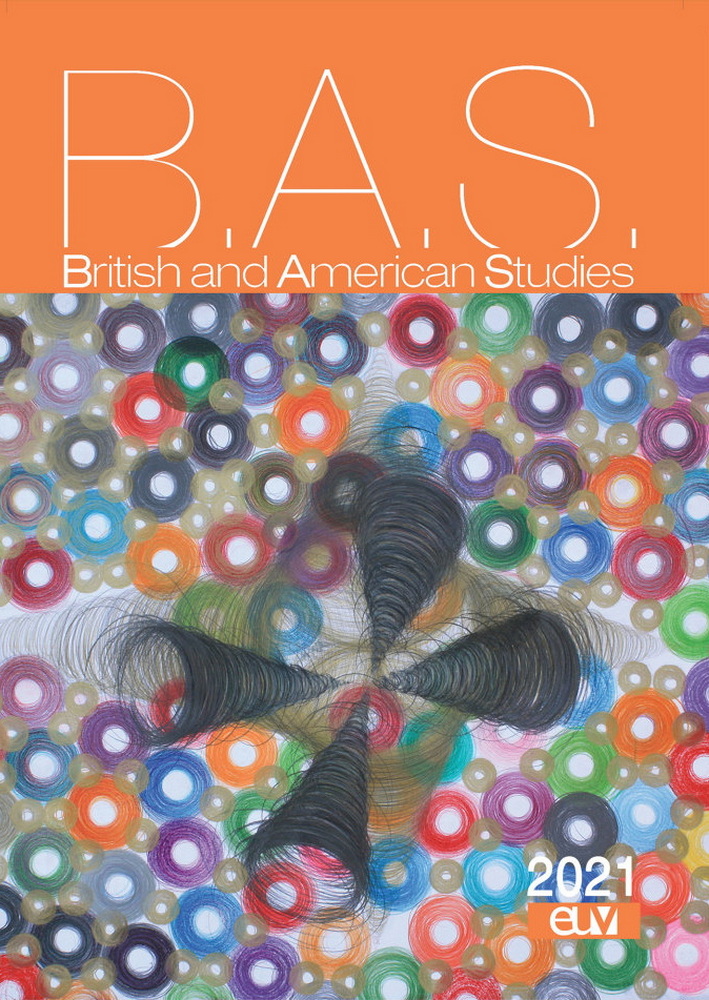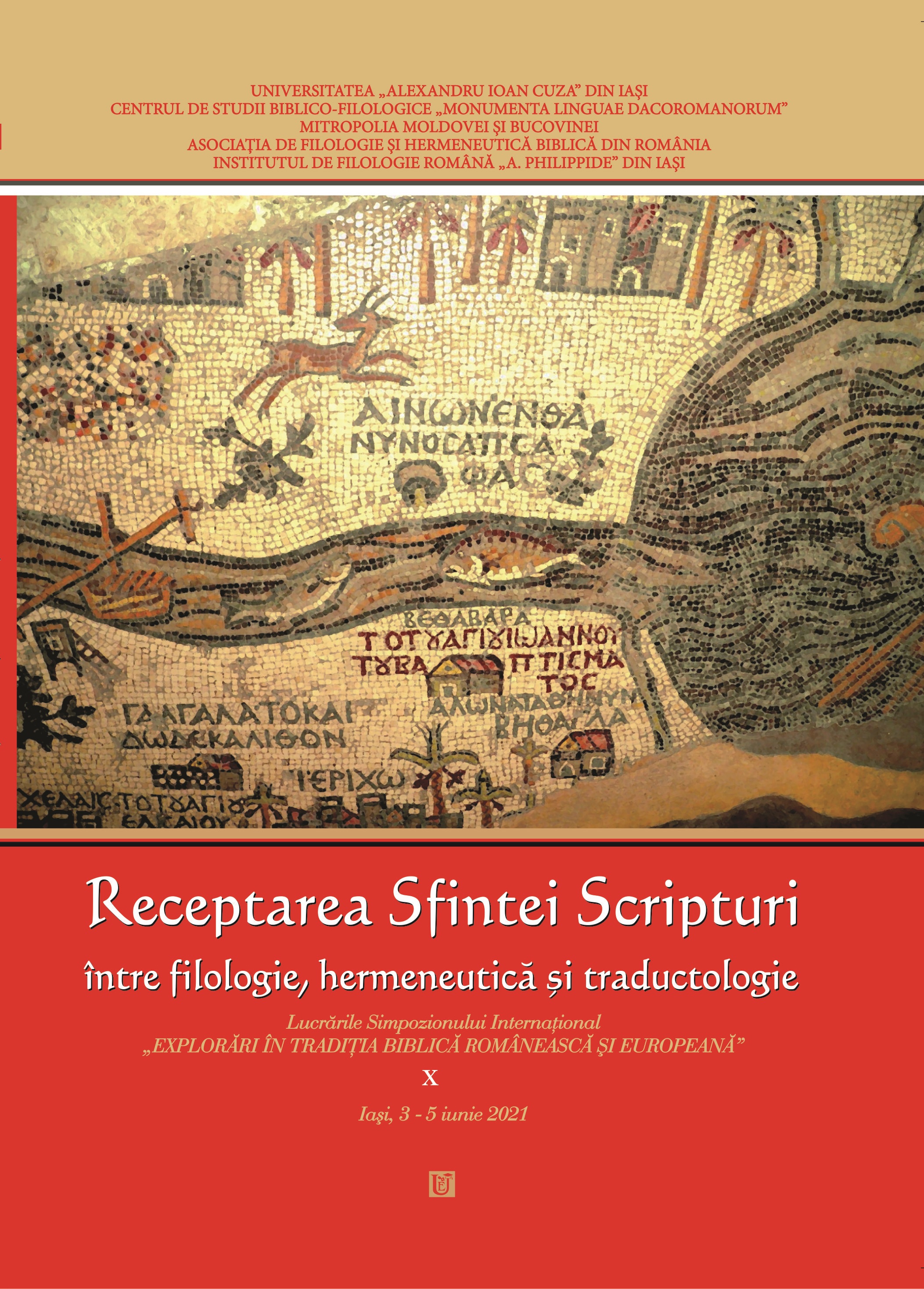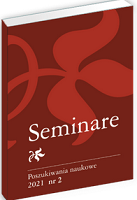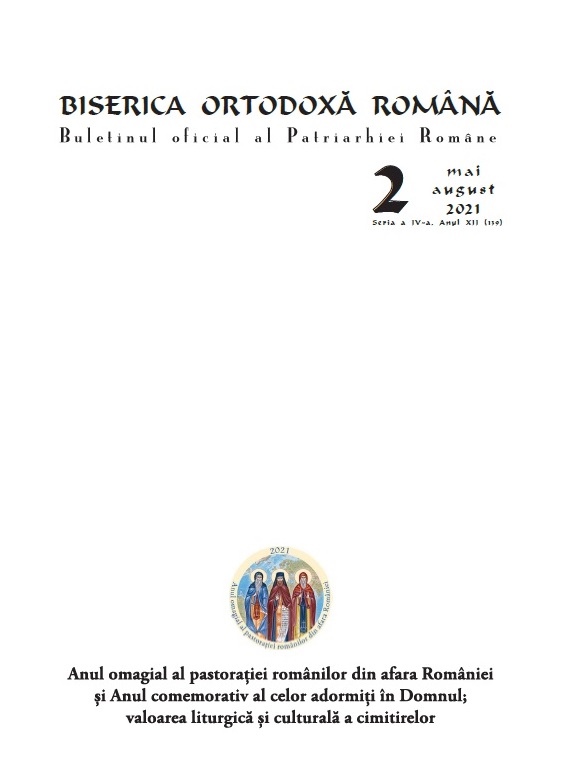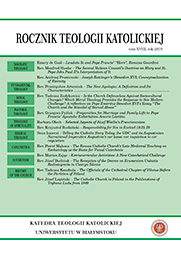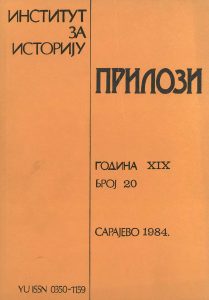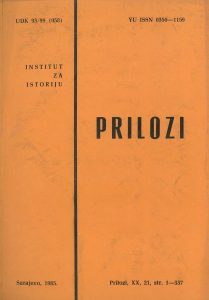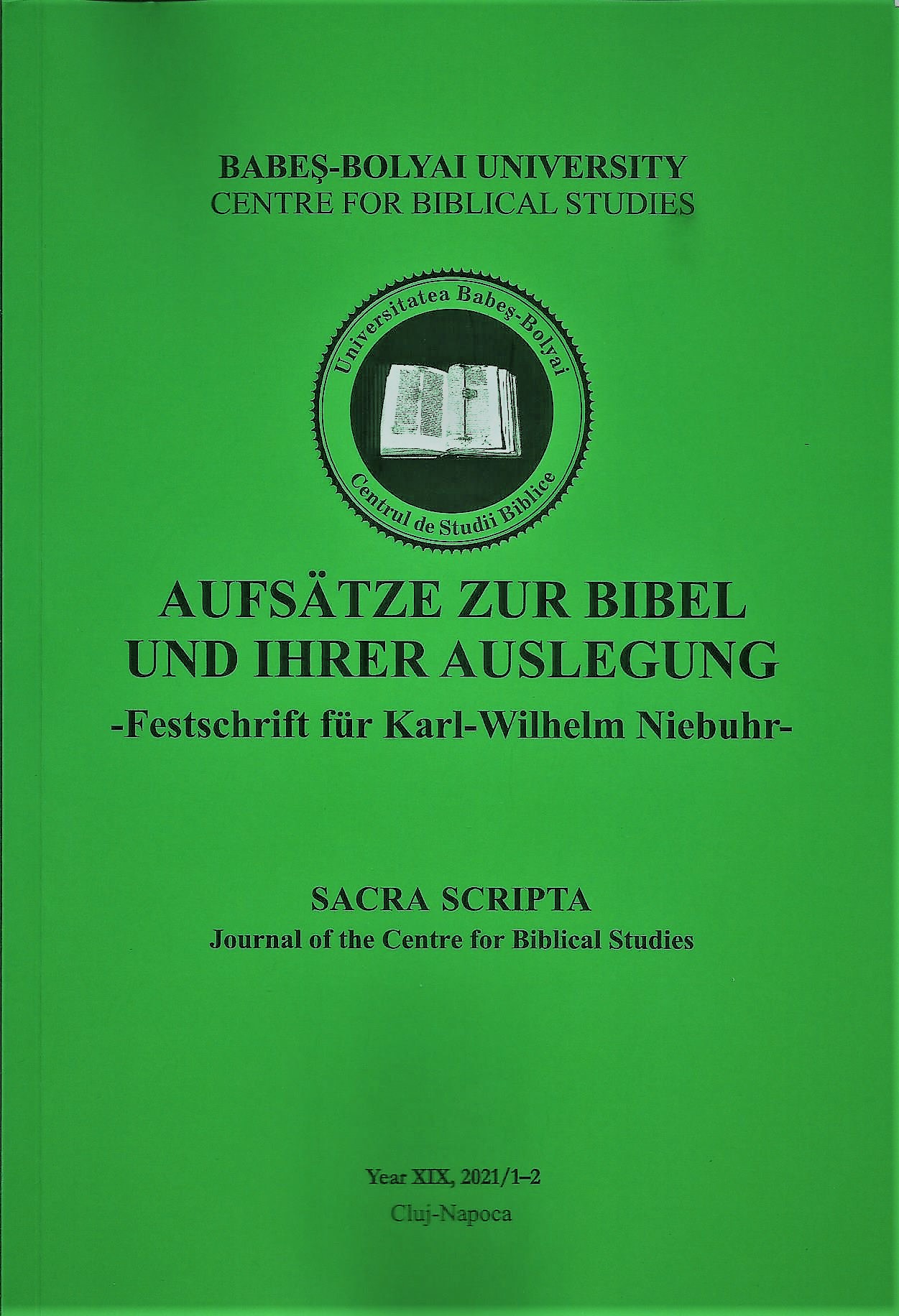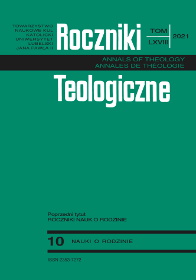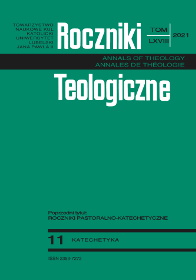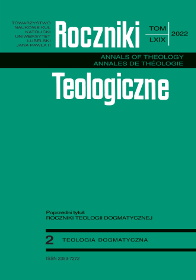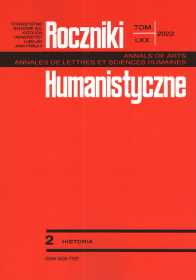Author(s): Alina Pătru / Language(s): Romanian
Issue: 2/2021
The present study defines terms such as migration and diaspora, with the necessary distinctions and explaining the semantic processes they have undergone over the final decades of the 20th century. It tackles the emergence of the areas of research religion and migration, respectively religion and diaspora, in early 21st century, and it presents the work agenda of each of these fields, as well as the type of religious and social changes each of them addresses, thus providing a theoretical framework to the various particular aspects pertaining to this thematic area. Research into migration and diaspora has gained amazing impetus over the last years: the number of publications has multiplied, while the plurality of approaches to these phenomena has also increased. Both migration and diaspora have been investigated by various sciences, from anthropology and sociology, political sciences and economy, to the studies of globalization or postcolonialism. One of the most important results of these efforts is precisely the redefining and clarification of terms such as migration and diaspora – so that they may express and render the complexity of today’s situations –, and the emergence of new areas of research, such as transnationalism. The study of the ways in which religion influences the experience of migration and life in the diaspora, and the investigation of its transformations, are not only useful in preventing the escalation of social conflicts, but also greatly relevant for all those interested in understanding the manifold manifestations of the religious phenomenon, and in the organization of religious life in a foreign environment. From a pastoral-missionary standpoint, knowing how religious attitude is shaped by the experience of migration and the diaspora, respectively how it impacts the various situations of individual life, is very important in articulating appropriate responses to particular pastoral circumstances. The contribution of the new research areas religion and migration, respectively religion and diaspora, within the broader field of religious studies, by comparing the experiences of various religious traditions worldwide, which face similar challenges under similar circumstances, is highly useful to the theologians preparing for mission and pastoral work in today’s dynamic conditions.
More...
